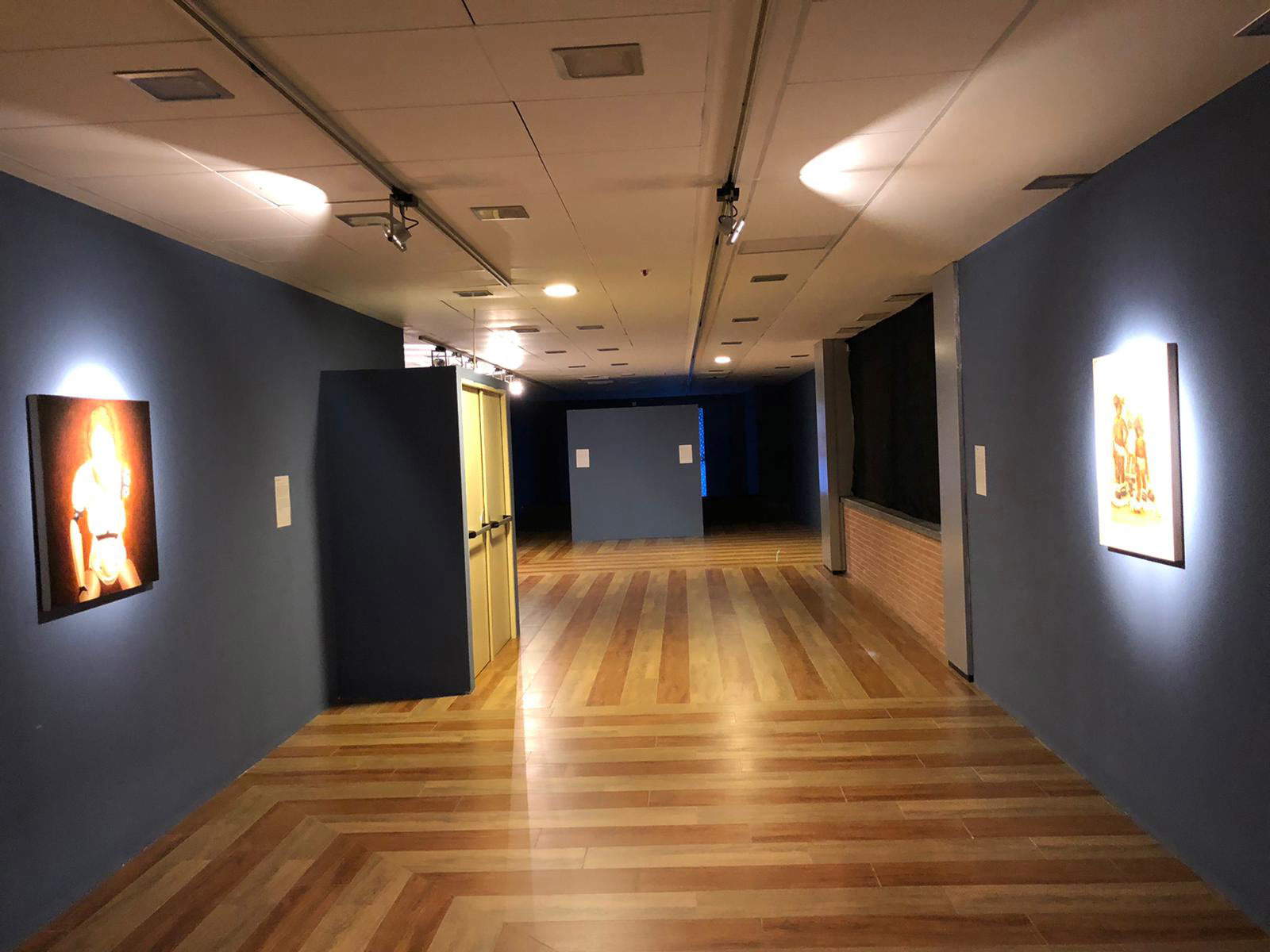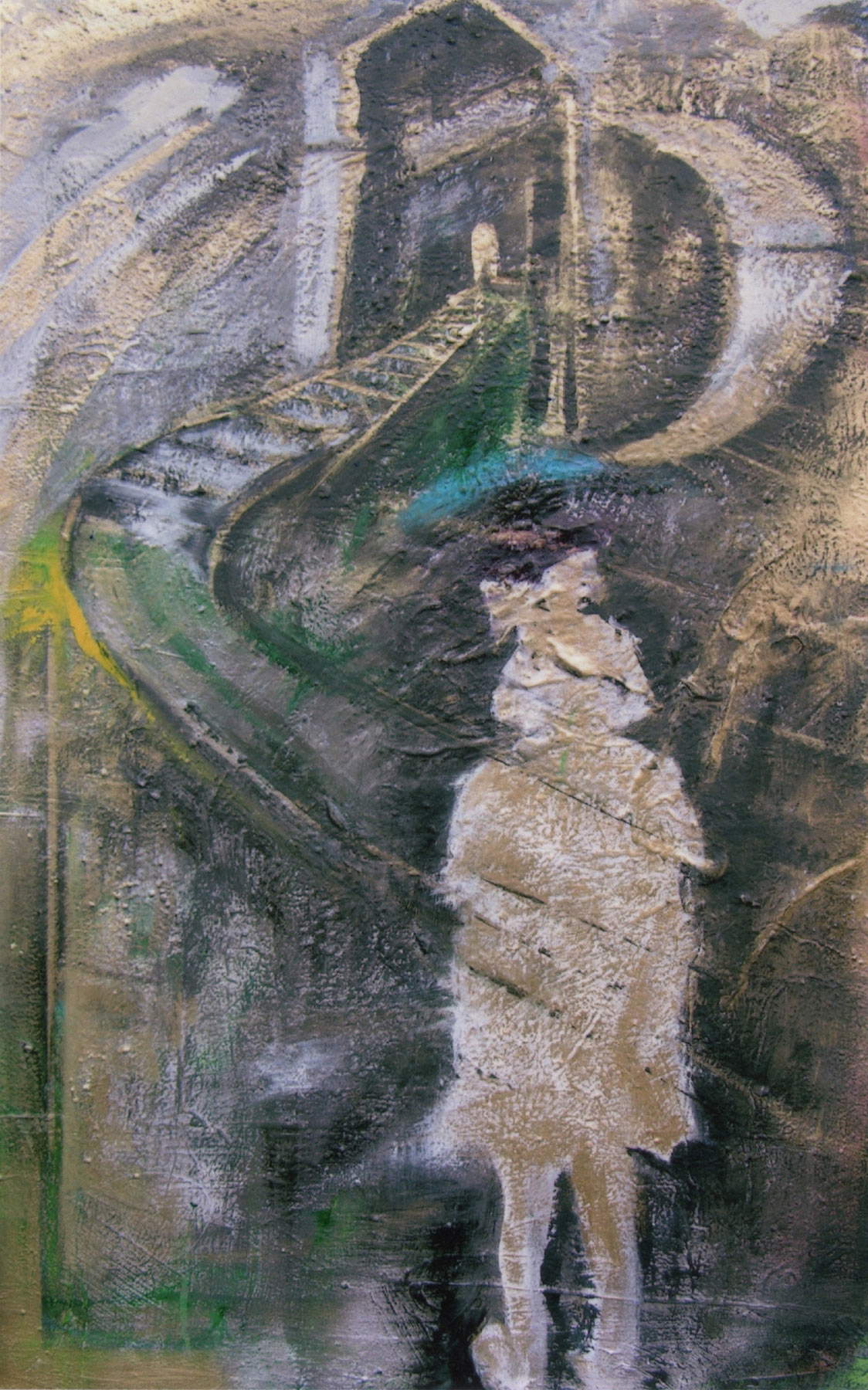In 2020, the universe still smells too much like testosterone. We live in a society whose patriarchal model is strongly entrenched, from politics to culture to managerial roles via television advertisements: women still have little room for representation in decision-making places and often, in comparison with men, receive less pay for the work they do. In today’s society, women find it difficult to find stable employment (perhaps not moonlighting) because they are the generators of life, and they are the first to be fired when business gets bad for companies, as the post-pandemic numbers have shown with a layoff rate certainly unfavorable to female hires. If one then wants to talk about figures (one is not sure if this agrees) regarding acts of violence against women one needs no comment: thirty-four victims in Italy in this 2020 and a seventy-three percent increase in calls to emergency numbers from March 1 to April 16, at the height of the coronavirus pandemic alert. Not to mention the women ruined forever by the corrosive acids thrown by stalkers or ex-partners, the reprisals and acts of brutality against women who have raised their voices when they decide to divorce, not the least of which is the barbaric and gruesome case of a woman’s husband who committed suicide after killing his children only to harm his wife who had asked for separation.
The art world, over the centuries, has been no different: several women have attempted (many times unsuccessfully) an approach to the art profession without having great success. Many have not been able to be artists or have failed to make their work known because it was believed that the art profession was only the preserve of men. Not to mention, in the contemporary world, the decision-making roles within universities or museum institutions: most of the successful curators are men; the directorships of Biennials, Quadrennials and Triennials are struggling to be entrusted to female figures; the art critics whose names are remembered continue to be men.
The number of art reviews dedicated to female figures or women’s rights has been growing significantly in recent years. Nevertheless, it will take a long time before a female artist will have the same market quotations as a colleague of the opposite sex. It will take a lot of patience and a lot of time (but do we have any?) before there will be a strong shake of consciences in the art world (and beyond) as well.
Women’s rights are the focus of the exhibition WoMAHR - Women_Art_Human Rights for Peace, which can be visited in Campobasso, at the Palazzo GIL - Fondazione Molise Cultura, from June 12 to July 24, 2020. The exhibition is curated by Lorenzo Canova and Piernicola Maria Di Iorio and has an almost all-female scientific committee consisting of Camilla Fiore (art historian), Giuliana Fiorentino (linguist), Susanne Meurer (art historian), Antonella Minelli (anthropologist), Flavia Monceri (political philosopher), Elisa Novi Chavarria (historian), Lorenzo Scillitani (philosopher), Laura Tommaso (Anglicist), Loredana Tullio (jurist), Fabio Ferrucci (sociologist).
In addition to the Molise Culture Foundation, other sponsoring entities are the Molise Region, the University of Molise, ARATRO Museum Laboratory of Contemporary Art and the Ministry of Foreign Affairs and International Cooperation. The peculiarity of the project is that it was funded by the Ministry just mentioned and the Directorate General for Political and Security Affairs under the Women Peace and Security Agenda. The exhibition is traveling: it was supposed to start in March from the United Nations Headquarters in New York, but of course it was not possible because of the ongoing pandemic; then it would be Rome’s turn and finally Campobasso’s. The order of exhibition sites was reversed and, indeed, the beautiful venue of the Palazzo de’ Mayo Museum in Chieti was added, which will host the exhibition in September.
As many as twenty-four Italian and international artists were invited to exhibit their works: Giovanni Albanese, Alì Assaf, Lucilla Catania, Marco Colazzo, Kim Dingle, Thalassini Douma, Stefania Fabrizi, David Fagioli, Giosetta Fioroni, Paola Gandolfi, Debora Hirsch, Grazia La Padula, Giancarlo Limoni, Vincenzo Merola, Adriano Nardi, Massimo Orsi, Giorgio Ortona, Salvatore Pulvirenti, Roxy in the Box, Virginia Ryan, Sandro Sanna, Beatrice Scaccia, Sana Tamzini, and Marco Verrelli.
Using different visual tools (from photography to painting, from drawing to installation and sculpture to video and digital works), the curators wanted to show how contemporary art can be an excellent tool capable of sharing a vision of dialogue on a global level and a human rights education tool capable of transcending national and linguistic borders allowing dialogue between different peoples and cultures.
 |
| A room of the WoMAHR - Women_Art_Human Rights for Peaceexhibition. |
 |
| A room from the WoMAHR - Women_Art_Human Rights for Peaceexhibition. |
 |
| A room of the exhibition WoMAHR - Women_Art_Human Rightsfor Peace |
 |
| Giosetta Fioroni, Portrait of a Little Girl (2003; oil on canvas, 110 x 65 cm; Rome, Galleria dei Lombardi) |
 |
| Stefania Fabrizi, Quelle che mancano (2020; mixed media on canvas, nine elements, room size) |
 |
| Thalassini Douma, Welcoming the new day (2016; photograph, 70 x 50 cm) |
On view in the spaces of Palazzo GIL in Campobasso are the works of Greek photojournalist Thalassini Douma, who has worked in several war zones, including the former Yugoslavia, the Middle East, Pakistan and Afghanistan, in a thought-provoking display. Hers is the photograph taken in Indomeni in 2016, Portrait 01, which depicts an elderly and smiling Syrian refugee woman, a universal image of matriarchal wisdom and hope able to cope with poverty, conflict and discrimination. Stefania Fabrizi, on the other hand, invites visitors to dwell on the status of women in artistic activity. With her installation, Quelle che mancano (2020), the artist reinterprets the self-portraits of five great Italian women painters: Sofonisba Anguissola, Lavinia Fontana, Artemisia Gentileschi, Elisabetta Sirani, and Rosalba Carriera.
There are also some canvases covered only by the imprimitura where no faces appear. The installation depicts five women artists who, between the 16th and 18th centuries, were able to impose their work in a context dominated solely by male presences and which, in most cases, did not tolerate that a woman could devote herself to the craft of painting.
The work, however, is dedicated precisely to those missing, that is, those who failed to realize their artistic aspirations. To the right to realize one’s own identity and to assert one’s creative freedom without any hindrance or prevarication, is dedicated the work Portrait of a Little Girl (2003) by the leading artist in this exhibition, namely Giosetta Fioroni (Rome, 1932), one of the leading Italian artists of the second half of the 20th century, celebrated in recent years in major exhibitions in museums in New York, Moscow, the National Gallery of Modern Art in Rome and the Museo del Novecento in Milan.
The exhibition, which can be visited until July 24, represents another important step in the organization of artistic events dedicated to women’s rights that aim to raise awareness toward a more inclusive society that is less discriminatory toward certain sexual orientations and gender identities.
Warning: the translation into English of the original Italian article was created using automatic tools. We undertake to review all articles, but we do not guarantee the total absence of inaccuracies in the translation due to the program. You can find the original by clicking on the ITA button. If you find any mistake,please contact us.